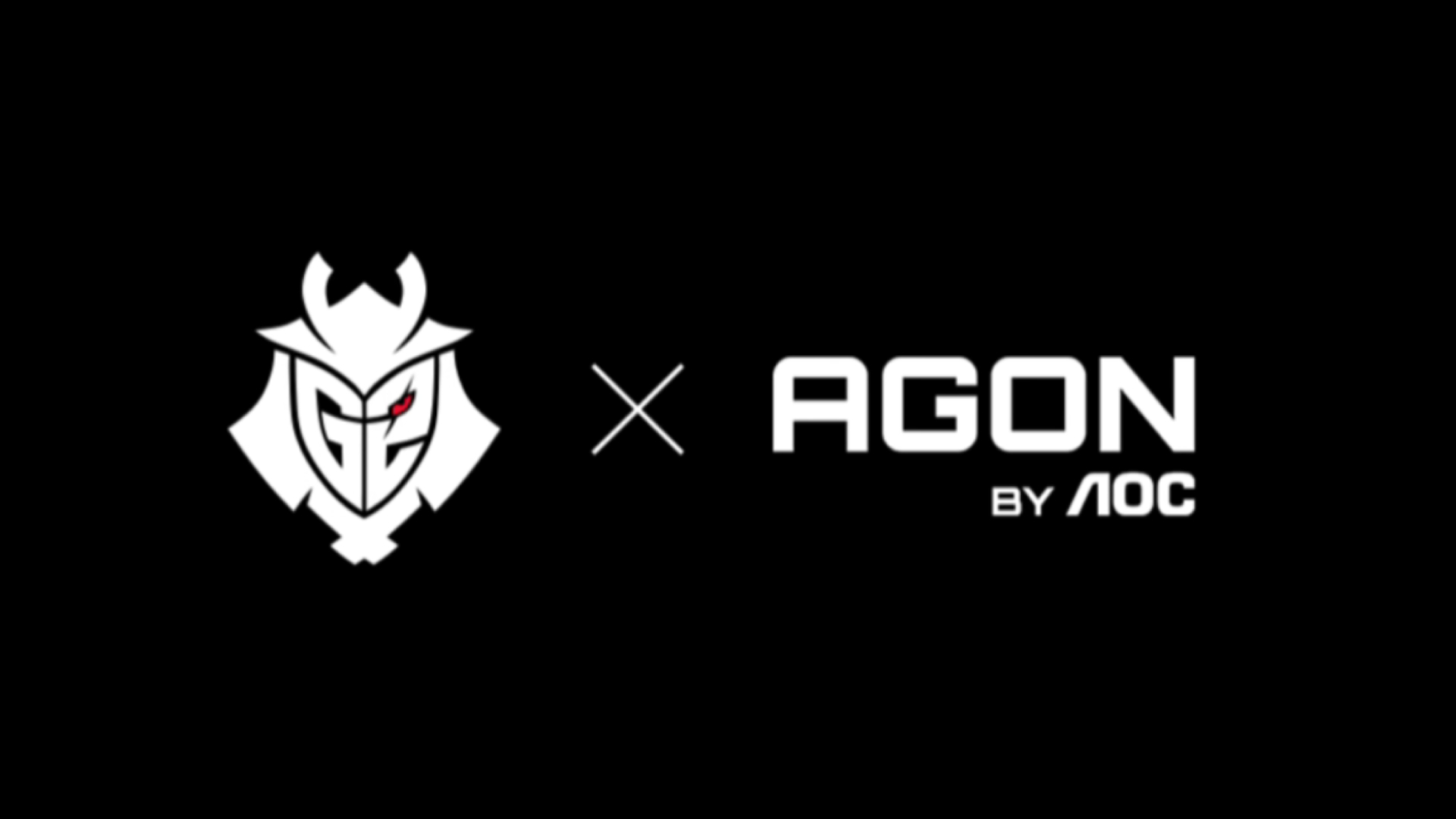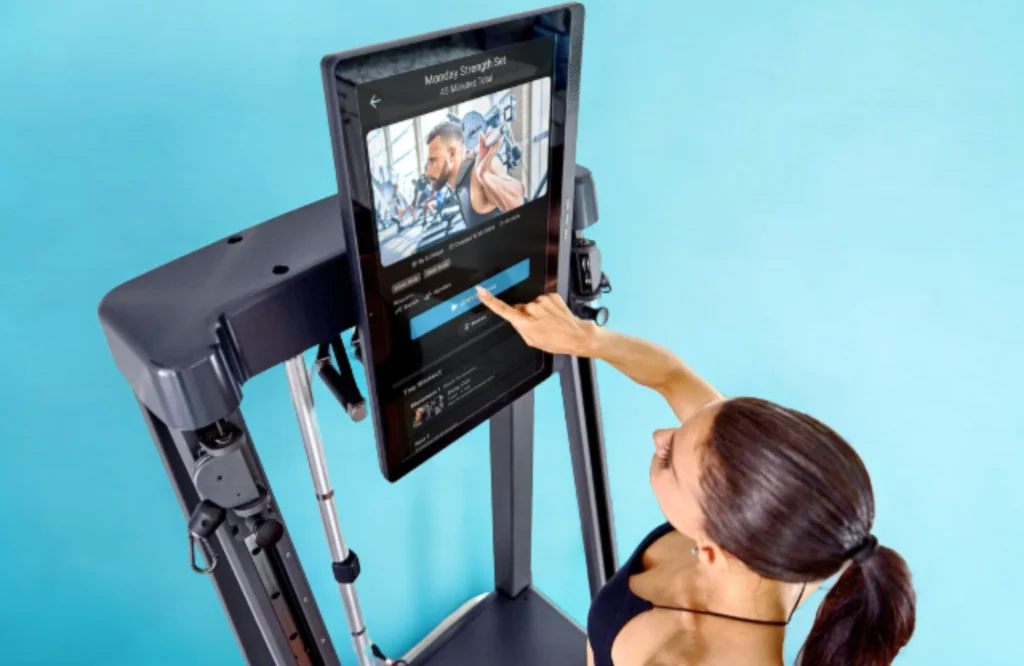From AI-Driven Coaching to Smart Stadiums, These Trends Are Revolutionizing How We Play, Watch, and Understand Sports
Sports are about more than just the score. Behind every goal, race, or record, there’s a story of evolution—athletes get faster, training gets smarter, and technology reshapes the action for players and fans alike. Whether you’re a weekend warrior or a diehard spectator, today’s innovations are changing the way we experience the thrill of competition. Here are the top 10 sports innovations redefining the game right now.
1. Wearable Technology and Athlete Tracking
Smartwatches, GPS vests, and biosensors now monitor heart rate, speed, distance, and even hydration in real time.
Elite teams use data from wearables to optimize training, prevent injuries, and recover faster.
Fans see the impact, too, with live stats and player performance breakdowns during broadcasts.
Even amateur athletes use fitness trackers and apps to train smarter and stay motivated.
2. Video Assistant Referees (VAR) and Instant Replay
Love it or hate it, VAR and instant replay have changed how we judge fairness in football (soccer), tennis, baseball, and more.
Close calls—goals, fouls, line-outs—are reviewed with high-speed cameras and sophisticated software.
Controversial moments are now re-examined from every angle, increasing accuracy but sparking debates about the human side of sport.
The technology is still evolving, promising even greater precision and transparency in officiating.
3. Sports Analytics and “Moneyball” Tactics
Data-driven strategy—pioneered in baseball’s “Moneyball” era—now shapes team decisions in basketball, football, and beyond.
Teams analyze player stats, biometrics, and even social media behavior to draft talent, set lineups, and call plays.
Advanced analytics uncover hidden gems and undervalued players, leveling the playing field for smaller teams.
Fans can now dive deep into stats, fantasy leagues, and prediction games for a new kind of engagement.
4. High-Tech Equipment and Smart Apparel
From carbon-fiber bikes to aerodynamic swimsuits and 3D-printed running shoes, sports gear is getting lighter, faster, and more personalized.
Custom-fit mouthguards, helmets, and shoes help reduce injuries and improve comfort.
Innovations like anti-slip gloves, “smart” soccer balls, and connected rackets offer real-time feedback for performance improvement.
Eco-friendly materials are increasingly used to lessen the environmental footprint of sports equipment.
5. eSports and Virtual Competition
eSports has exploded from niche pastime to billion-dollar industry, filling arenas and streaming to millions.
Pro gamers train like athletes, with coaches, analysts, and even nutritionists.
The line between physical and digital sport blurs as traditional teams invest in eSports franchises.
Games like FIFA, NBA 2K, and Formula 1 are now part of the global sports conversation.
6. Smart Stadiums and Fan Experience
Modern arenas feature ultra-fast Wi-Fi, interactive apps, cashless payments, and AR/VR experiences.
Fans order snacks, replay highlights, or connect with friends right from their seats.
Green stadiums use solar panels, rainwater collection, and zero-waste initiatives to reduce their environmental impact.
The future of “hybrid” events means you can cheer from home and feel like you’re in the front row.
7. Biomechanics and Motion Analysis
High-speed cameras and motion-capture systems study every movement, from a pitcher’s throw to a gymnast’s vault.
Biomechanics help coaches fine-tune technique, boost performance, and prevent overuse injuries.
The insights gained are often shared with the medical community, benefiting both elite and recreational athletes.
Training programs now use real-time feedback to help athletes make micro-adjustments for big gains.
8. Nutrition Science and Personalization
Sports nutrition is now tailored to individual metabolism, genetics, and goals.
Athletes use DNA testing, gut microbiome analysis, and AI-driven meal plans to maximize energy and recovery.
Supplements and “functional foods” are designed to reduce inflammation, boost endurance, and sharpen mental focus.
Proper hydration, timing, and fueling strategies are key to winning at every level.
9. Mental Health and Performance Psychology
Teams and organizations are finally prioritizing mental well-being alongside physical training.
Sports psychologists teach visualization, focus, resilience, and stress management.
Programs address burnout, anxiety, and social pressures—breaking the stigma around seeking help.
Athletes like Simone Biles and Michael Phelps have spoken openly about their mental health journeys, inspiring a new generation.
10. Inclusivity and Adaptive Sports
Adaptive sports—designed for athletes with disabilities—are gaining visibility thanks to the Paralympics and grassroots programs.
Wheelchair basketball, para-swimming, and adaptive surfing offer new ways for everyone to compete.
Gender inclusivity is also on the rise, with more leagues and events for women, non-binary, and transgender athletes.
Accessibility in stadiums, equipment, and media ensures that sports truly belong to all.
Why Sports Innovation Matters
Athlete Safety: New tech and science protect players’ bodies and minds.
Performance: Small improvements add up to world records and new levels of achievement.
Fan Engagement: Smarter stadiums and data let fans connect and participate in new ways.
Global Access: Technology and inclusion make sports available to more people than ever.
How You Can Join the Sports Innovation Wave
Try a new fitness tracker or sports app to boost your routine.
Watch an eSports tournament or adaptive sports event—expand your definition of “athlete.”
Follow athletes and teams pioneering new approaches on social media.
Stay curious—many innovations in sport filter down to everyday life, from shoes to mental skills.
Honorable Mentions
Hydration trackers: Smart bottles and patches.
Virtual reality training: Used by quarterbacks, pilots, and more.
Drone footage and immersive broadcasts: Bringing fans closer to the action.
Self-healing sports surfaces: For safer play.
🎧 Game Day Soundtrack
Get hyped for your workout or favorite game with our Spotify playlist.
✨ For More Deep Dives, Sports Culture, and Inspiring Stories
Check out:
👉 https://theintelligence.info



























































